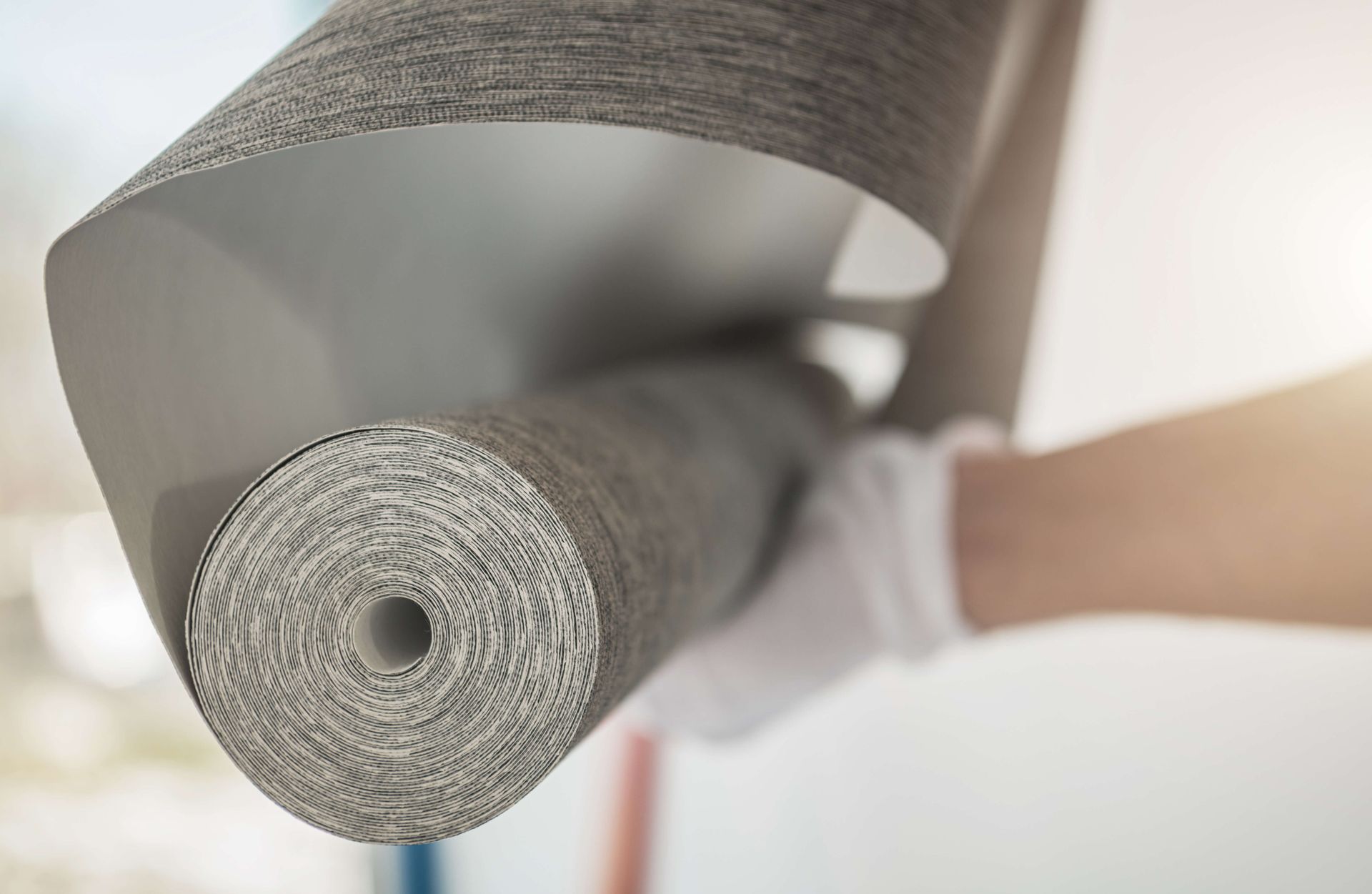How to Install Wallpaper Like a Pro: A Beginner’s Guide
Wallpaper is one of the most effective ways to refresh your home interior. Whether you want to create a bold feature wall or add subtle texture to an entire room, wallpaper offers endless design possibilities. But what many people don’t realise is that you don’t have to be an expert to achieve great results.
In this guide, you’ll learn step-by-step how to install wallpaper like a pro, from preparation and tools to proper installation techniques. With a bit of patience and the right approach, you can bring your walls to life and give your home a brand-new look.

Why Wallpaper Is Worth the Effort
Wallpaper has evolved significantly from the dated styles of the past. Today’s options are modern, elegant, and versatile. Whether you're into geometric prints, floral patterns, or minimalist textures, there's a wallpaper style to suit every taste.
Why wallpaper is a great choice:
- It adds instant character and depth to any room
- Modern materials are durable, washable, and long-lasting
- Perfect for feature walls, small spaces, or full-room coverage
- Helps conceal imperfections in the wall
- Available in self-adhesive and traditional paste varieties
Tools You’ll Need Before You Begin
Proper tools make all the difference when it comes to wallpaper installation. Ensure you have everything ready before you begin.
Basic Tools:
- Wallpaper paste (unless using peel-and-stick)
- Wallpaper smoother or brush
- Utility knife or sharp scissors
- Measuring tape and ruler
- Plumb line or level
- Clean a sponge or a cloth.
- A step ladder for reaching high areas
Helpful Add-Ons:
- Seam roller (for finishing joins)
- Pasting a table or a flat surface
- Drop cloth or plastic sheeting to protect floors
Step-by-Step Wallpaper Installation Guide
Step 1: Prepare Your Wall Surface
A smooth, clean surface is essential for a flawless wallpaper finish. Start by removing any old wallpaper, dust, or grease from the walls. Patch any cracks or holes with filler, then sand the surface lightly for a smooth base.
Tip: If your wall was recently painted, wait until it's fully cured before applying wallpaper.
Step 2: Measure and Cut Wallpaper Strips
Measure your wall height and add an extra 2–3 inches at the top and bottom of each strip for trimming. If your wallpaper has a pattern, make sure the pattern repeats align between each strip. Mark each strip’s sequence on the back so you apply them in the correct order.
Step 3: Mark a Straight Line
Using a plumb line or level, draw a vertical guideline where your first strip will go. This ensures your wallpaper hangs straight from the start, which is essential for a neat finish.
Step 4: Apply Paste or Peel
For traditional wallpaper, apply adhesive evenly to either the wall or the back of the wallpaper, depending on the type of product. Let it sit (or "book") as directed by the manufacturer.
For peel-and-stick wallpaper, peel off a few inches of the backing and begin application from the top, working your way down as you go.
Step 5: Apply and Smooth the First Strip
Carefully align your first strip along the guideline, allowing some overhang at the top and bottom. Use a wallpaper smoother to eliminate air bubbles, pressing from the center outwards. Trim the excess using a utility knife and a straight edge.
Tip: Wipe away any excess paste immediately with a damp cloth.
Step 6: Hang the Remaining Strips
Continue applying each strip, carefully matching the pattern at the seams. Use a seam roller to flatten edges and ensure a seamless finish. Let the wallpaper dry naturally; avoid placing heaters or fans directly on it, as this may cause peeling or shrinkage.
Beginner Mistakes to Avoid
Even the most minor mistakes can significantly impact the final appearance of your wallpaper. Here are some common ones to watch out for:
- Skipping wall preparation, Clean, dry, and smooth walls are essential for successful adhesion.
- Starting without a guideline, A crooked first strip ruins the entire alignment.
- Using too much paste can cause excess adhesive to seep through and damage the wallpaper.
- Overstretching the peel-and-stick paper can lead to misalignment and bubbles.
- Rushing the pattern matching, take time to align patterns carefully before applying.
Best Wallpaper Types for DIY Beginners
Not all wallpaper is beginner-friendly. Some styles are easier to install and more forgiving if you make minor errors.
Beginner-Friendly Wallpaper Options:
- Peel-and-stick: No paste needed, and easy to reposition if needed
- Paste-the-wall: Easier to handle and less messy than paste-the-paper types
- Vinyl wallpaper: Durable, washable, and great for high-traffic areas
If you're just getting started, avoid delicate styles like foil, silk, or grasscloth, which require professional handling.
Final Thoughts: Let That Wallpaper Guy Handle It
Wallpaper installation may look easy, but it requires patience, planning, and precision. With the proper preparation and attention to detail, even beginners can transform their space with stunning results. However, when you're short on time or working with tricky materials, it’s often best to leave it to the experts.
Looking for a flawless finish without the hassle? Trust That Wallpaper Guy for premium wallpaper installation and removal services. Whether you’re redesigning a single room or your entire home, we deliver professional results that elevate your space.
Contact That Wallpaper Guy today and turn your walls into works of art.

